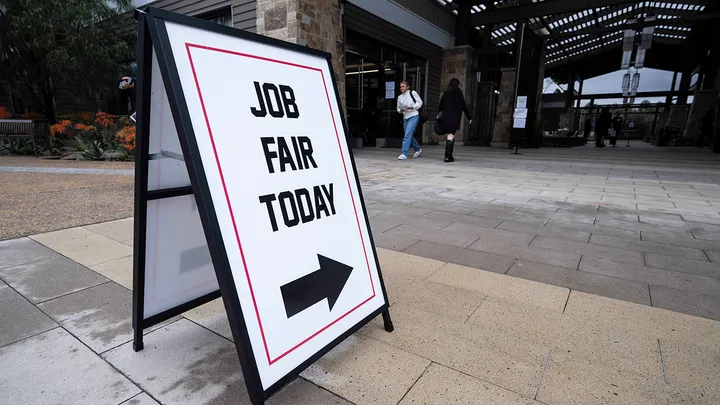U.S. job growth during much of the past year was significantly weaker than previously reported, according to new data published Wednesday.
The Bureau of Labor Statistics revised down its total tally of jobs created in the year through March by 818,000 as part of its preliminary annual benchmark review of payroll data. That suggests the economy added an average of 174,000 jobs per month during that time period — below the previous 242,000 estimate. On a monthly basis, that amounts to about 68,000 fewer jobs.
It marks the largest downward revision since 2009.
“The labor market appears weaker than originally reported,” said Jeffrey Roach, chief economist at LPL Financial. “A deteriorating labor market will allow the Fed to highlight both sides of the dual mandate and investors should expect the Fed to prepare markets for a cut at the September meeting.”
The revised data is mostly derived from state unemployment tax records that employers are required to file. The figure, which is preliminary, may be updated when the government releases the final figure in February 2025.
Professional and business services accounted for nearly half of the downward revision. There were also large downward revisions in other sectors including manufacturing, leisure and hospitality and information.
Federal Reserve policymakers are closely watching for signs that the labor market is starting to crack in the face of high interest rates.
Markets started to grow concerned about the state of the labor market after the worse-than-expected July jobs report, which showed that employers added just 114,000 jobs last month and the jobless rate unexpectedly climbed to 4.3%.
The rise in unemployment triggered the so-called Sahm rule, an indicator that is used to provide an early recession signal. The rule stipulates that a recession is likely when the three-month moving average of the jobless rate is at least a half-percentage point higher than the 12-month low.
Over the past three months, the unemployment rate has averaged 4.13%, which is 0.63 percentage points higher than the 3.5% rate recorded in July 2023. The Sahm rule has successfully predicted every recession since 1970.
“The Fed will see the revisions as another reason to pull forward plans to reduce interest rates,” said Bill Adams, chief economist at Comerica Bank. “The June dot plot, which showed most FOMC members thought only one or two quarter percentage point cuts would likely be appropriate by year-end, looks quite stale after this release.”
Investors widely expect the Fed to cut rates at its next meeting on Sept. 18. About 67% think the Fed will make a standard 25-basis point reduction, while 32.5% are bracing for a bigger half-point cut.

